
On a normal Sunday afternoon at Whittier Cafe, every seat is packed for the free weekly Ethiopian coffee ceremony. The air in the small shop, located east of Denver’s Five Points neighborhood, fills with conversation and the toasted-bread aroma of African coffee beans roasting over coals. Folks pass around a basket of popcorn as the ceremony leader doles out demitasses of strong black coffee during the leisurely two-hour event.
Since the pandemic took hold in the U.S. in mid-March, there have been no normal Sundays, no Ethiopian coffee ceremonies, no gatherings of any sort. Running on meager savings and Paycheck Protection Program (PPP) funds, Whittier Cafe owner Millete Birhanemaskel retained all of her employees through the mandated dining-room closure by offering coffees and sandwiches to go. But even after she was able to reopen the cafe’s large patio for reduced-capacity service this summer, the sense of normalcy failed to return. “I’m not sure how much longer we can do this,” she said in an August interview. “We’re struggling.”
While that struggle certainly pertains to the loss of revenue induced by the capacity restrictions, there’s another, more human type of loss that Birhanemaskel is describing: the loss of the community’s gathering space. “I joke that this is a community center that serves coffee,” she says. “What we do is bring people together who wouldn’t be in the same small space. You’re probably sitting pretty close to someone, often your neighbor who you’ve never spoken to. You have to say hello.”Of course, in the age of COVID-19, bringing people together is the problem. Precisely what fuels independently-owned, community-oriented microbusinesses like the Whittier Cafe is also what makes them uniquely vulnerable to the economic fallout that accompanies the pandemic. “We know for a fact that independent [restaurants] have been the hardest hit sector of the industry,” says Sonia Riggs, President and CEO of the Colorado Restaurant Association (CRA). “The profit margins are so thin and many don’t have reserves, and that makes it more difficult.” While mega-chains and fast-food corporations can rely on their reserves of cash—plus big marketing budgets, efficient operations, scale, and convenience—to stay afloat, neighborhood spots are almost completely at the mercy of the support of their communities. At Whittier Cafe, Birhanemaskel has spent years intentionally cultivating an incredibly robust, engaged community. But without the ability to physically bring people together, will that force her, and the countless other folks who own neighborhood restaurants like she does, to change course?
Even pre-COVID, neighborhood restaurants were in trouble. Rising rent costs in gentrifying neighborhoods combined with impossibly thin margins made staying afloat difficult for operators. As restaurateur Danny Meyer said in a recent story in The Week, one silver lining of the pandemic is that it may force the industry to redesign a business model that was in many ways already broken. “The system needs to change. This crisis is only accelerating what we were heading for anyway.” While the interest in consuming food media—from glossy magazines to highly produced Netflix shows to stylized photos on Instagram—had never been higher, the reality for most restaurants was far more precarious. The pandemic cracked the illusion of solvency wide open.
In recent months, the harbingers of success that distinguished the visionary restaurants from the humble neighborhood ones have been temporarily paralyzed and maybe even permanently dismantled. National media coverage in buzzy publications, best-of lists, James Beard awards—rarely the purview of the neighborhood restaurant to begin with—have become close to meaningless in an era when all restaurants are fighting for survival.

Meanwhile, droves of critically acclaimed chefs and restaurants of our age have been called out for unsavory or downright abusive behavior. Such instances have spurred food writers, including The New York Times’ Tejal Rao, to pen essays on how the era of the visionary celebrity chef and the media landscape responsible for such mythmaking is over. “The power of the chef-auteur as an idea is fading, and as restaurant workers organize and speak up about abusive workplaces, toxic bosses, and inequities in pay and benefits, it’s clear that the restaurant industry has to change,” Rao wrote. The pandemic and civil unrest that have come with it have made one thing clear: No amount of good press and no number of awards or accolades will save a restaurant. The restaurants truly meeting this moment are the ones responding most nimbly to the needs of their immediate community, whatever that looks like.
At Mexico City Restaurant & Lounge, a six-decade-old family-run spot on Larimer Street in what is now called the Ballpark neighborhood in Denver, the pandemic forced the business to modernize. “We had to completely change the way we do business,” says Candice Pineda, who assists Mexico City with marketing and sales. The restaurant is still relying on its ultra-loyal customers, some of who have been visiting Mexico City for the famed fried tacos for generations, but it has taken the way it’s connecting with those customers to the next level. That involves adding catering, delivery, extended hours, and online ordering capability to the business, as well as installing a to-go window to the storefront that Pineda hopes to eventually use for late-night taco and early-morning breakfast burrito service once the pandemic subsides. “Mexico City has been through so much, and we can make it through this with some really positive growth,” she says.

For Birhanemaskel, responding to the pandemic meant doubling down on Whittier Cafe’s social justice mission. “We were already known as the activist coffee shop,” she says. And while the Whittier may not be currently functioning as a meeting hub for organizers, it has still found a way to show up for the cause. The cafe has become a repository for Black Lives Matter protest signs—folks can drop off their signs after a protest or pick some up to take with them as needed. Birhanemaskel is selling one of her high school classmate’s handmade wooden BLM art pieces at the shop; half the proceeds go to social justice causes. She has also adopted an open-door policy for anyone who needs to just talk. Despite the pandemic shutting down its weekly programming, Whittier Cafe’s community has grown beyond just the surrounding neighborhood to include “all who are in the fight for justice and have the end goals of equity and equality.”
Dawn Crosswhite, a fiercely loyal Whittier Cafe regular, cites the cafe’s commitment to social justice—in addition to how well Birhanemaskel treats her staff and the delicious turkey panini—as reasons she visits multiple times a week. “It reminds me of a social justice Cheers,” she says. (The cafe even has a running tab for anyone feeling beat up by the world. The community contributes to the fund.) Before the pandemic, Crosswhite would make the mile-or-so trek from her home in the Cole neighborhood to her “home away from home” up to five days a week, where she’d grab a bite to eat and hold meetings with her students (Crosswhite is a licensed clinical social worker and a professor at University of Denver and Metropolitan State University). While she is missing the weekly coffee ceremonies, she still visits at least three times a week and says the effects of COVID on Whittier Cafe “haven’t been that bad because of the community that has been built. No one has been argumentative about wearing masks or not being allowed to sit inside. There’s just so much respect there.
“What’s different now is that consumers are choosier. They want to support something that’s giving back. You could be doing nothing wrong as a business but that is not enough.“
Millete Birhanemaskel, Whittier Cafe
Birhanemaskel, who is also a real estate agent and investment advisor, believes that anchoring a business’ mission in more than just profits is essential. “What’s different now is that consumers are choosier. They want to support something that’s giving back. You could be doing nothing wrong as a business but that is not enough.” What she’s describing aligns with the emerging concept of the “purpose economy,” defined by author Aaron Hurst as “an economy that is driven and organized around the creation of purpose for people, not just information, goods, and services.”
Restaurants have long been contributors to philanthropic causes. “They are the first ones that contribute to the kids’ soccer teams and we’ve seen so many get out there and provide food to frontline workers. This is an industry with some of the most philanthropic people in it,” says the CRA’s Riggs. But truly aligning a restaurant with a cause, as Birhanemaskel has done, goes beyond finding the budget to make the odd donation here or the time to cook at a charity event there. (And that’s especially true if the philanthropy is done with the misguided goal of garnering press coverage.) For examples of genuine alignment, look to Philly CheeseSteak Factory in Augusta, Georgia, where owner La-La Alston gives $50 and a free large steak and cheese sub to anyone who will trade in an illegal gun in her efforts to reduce gun violence. Or to Denver’s SAME Cafe, which offers a pay-what-you-can dining model, “So All May Eat” with dignity.
As Puerto Rico-based food writer Alicia Kennedy wrote in a recent newsletter, many business owners are coming to terms with “new ways of existing in the food industry by prioritizing staff compensation and safety, as well as pivoting to unanticipated modes.” Even New York’s Dan Barber recently announced his decision to pivot Blue Hill at Stone Barns, considered to be one of the world’s best restaurants, to a chef-in-residence training program. The word “restaurant” itself, as many in the hospitality industry like to point out, comes from the French word restaurer, meaning “to restore.” But do the world’s most well-heeled citizens really need restoring? “Where is the joy in that exchange anymore? Do people crave actual engagement now rather than service, a hospitality that extends in all directions?” Kennedy asks.
Indeed, Birhanemaskel’s generosity was certainly reflected back to her at her business’ most dire time of need. When she took to Facebook to bemoan the City of Denver’s lack of support for Whittier Cafe in May, she was blown away when patrons of the cafe started sending her their stimulus checks. “I thought it was a joke at first,” she says. “But we got maybe a dozen checks. The community really showed up for us.”

Despite not being able to function as physical gathering spaces, many neighborhood restaurants have experienced deepening community connections during COVID. “We have a good amount of people who love our food and come every week just to support us and to see us survive this pandemic,” says Siri Tan, owner of Urban Burma in Aurora, which celebrated one year in business last April. Andrew Casalini, owner of Satchel’s on 6th in Denver’s Country Club neighborhood, agrees: “The community roots solidified a bit deeper as we try our best just to stay open. It’s truly the neighborhood that supports us…in fact, it’s not anything but our neighborhood.”
Without cold, hard cash from government assistance programs (like the RESTAURANTS Act, which has now been rolled into the HEROES Act) and capacity increases, no amount of neighborhood goodwill alone will get a restaurant through. But surviving without it is also impossible.
At a time when neighborhood restaurants are the hardest hit, they’re stepping up and responding by becoming more than just restaurants. They’re now public health stewards, sanitation experts, liquor stores, neighborhood markets, pop-ups, meal kit manufacturers, community kitchens, and delivery drivers. These restaurants’ deep connections to the very communities that have given them their success is what allows them to rise to the challenges of the moment in an authentic, valuable way. The pandemic may lead us to redefine success from the number of awards listed on a website to the number of people who would gladly donate their stimulus check just to ensure a cafe will still be there when this is all over and done with.
Which is a greater loss to the hospitality landscape: the Michelin-starred restaurant or the mom-and-pop joint? Email your experiences (and thoughts, opinions, and questions—anything, really) to askus@diningout.com.



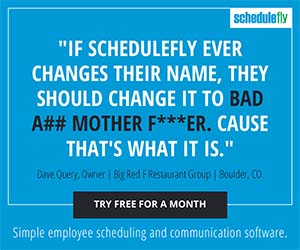
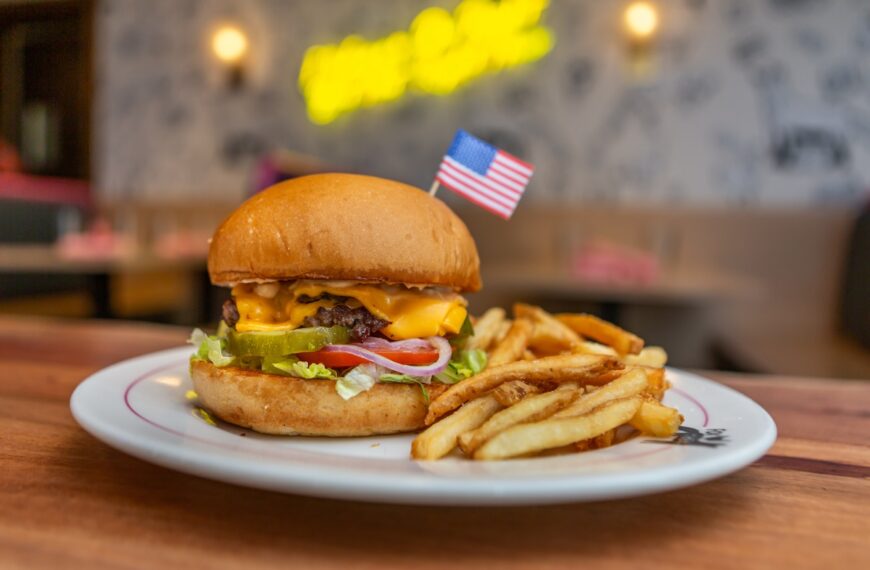
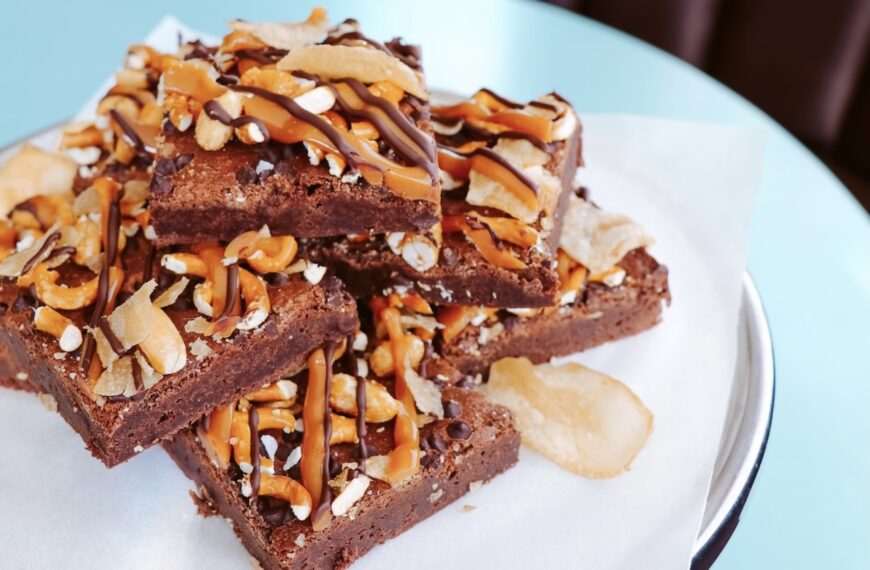


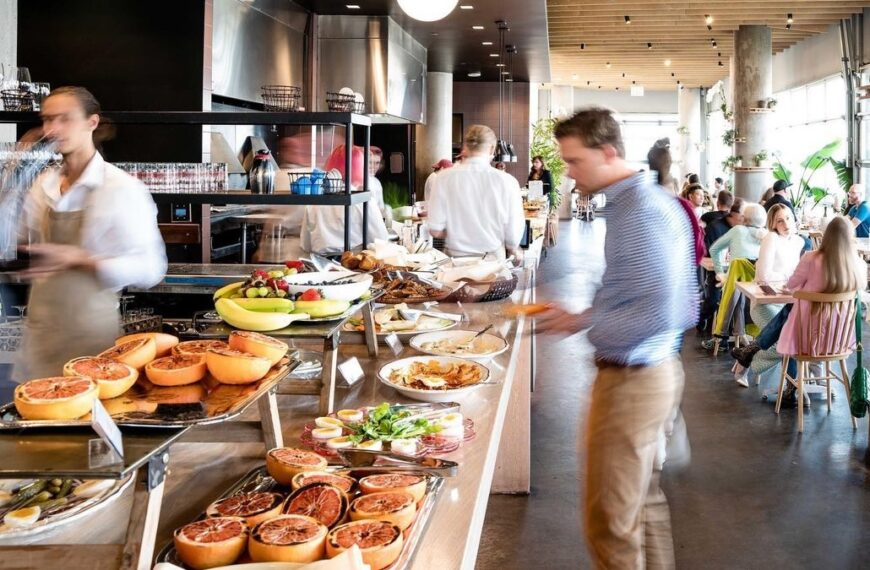


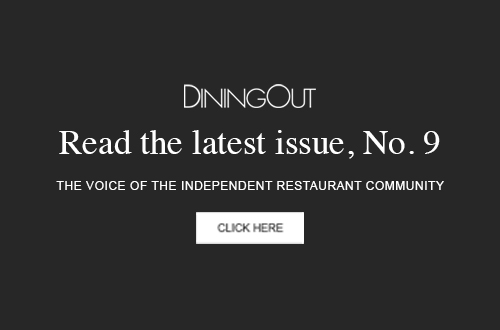
Comments are closed.